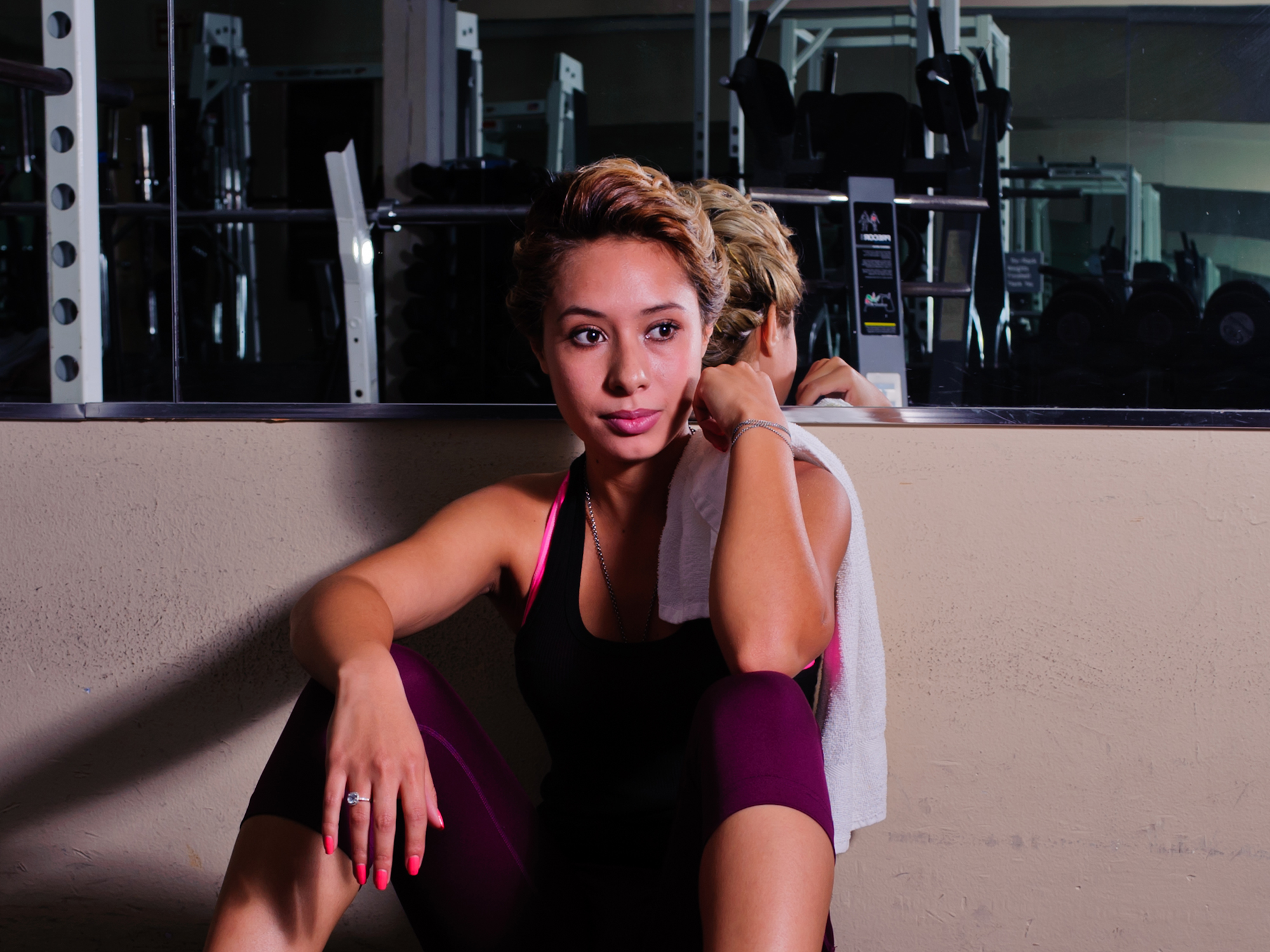Get Easy Health Digest™ in your inbox and don’t miss a thing when you subscribe today. Plus, get the free bonus report, Mother Nature’s Tips, Tricks and Remedies for Cholesterol, Blood Pressure & Blood Sugar as my way of saying welcome to the community!
Six steps to beat post and pre workout fatigue

Tired? I’d be surprised if you said ‘no.’ Most of us battle fatigue on a daily basis, so much so that chronic fatigue seems to be the norm.
So it’s really no wonder that self-care — especially exercise — is often pushed to the side. If you’re constantly plugged in to electronics and working all day (and we know that doesn’t stop after you get home), summing up the energy to exercise can be a tremendous challenge.
But don’t blame it on your age. Though you might need a little boost to get started and more recovery time between exercise sessions in your latter decades, you can certainly recharge your battery!
Follow these six tips to make it easier to boost your energy during exercise and recover better so you’ll also be ready to go for your next workout.
And remember: the thing about exercise is that the more you do it, the more energy you will have…
Pre-workout
- Fuel your exercise. If it’s been at least 3-4 hours since you’ve last eaten, you may need a little energy to make it through. Choose something with dense calories that won’t bloat. Almond or other nut butter on half a banana or multigrain cracker, or half a small avocado are great choices. Leave out dairy or fiber-rich foods right before exercise. A protein shake made with an almond or coconut milk is easy to digest pre-exercise.
- Move your joints through a full range of motion. Gone are mandatory static stretches you once did. You do want to “juice the joints” before you make them do vigorous exercise though. You’ll feel better and perform better. Do leg swings, for instance, side-to-side, forward and back, and circling the knee as if you are going over hurdles. Try a series of five lunges on each leg forward, side, to 45 degrees to rear and backward. For direction on lunges you can watch my lower body workout video.
- Start slow. Follow the 10-minute rule for aerobic activity. The demand for oxygen is suddenly there when you start but your respiration and circulation rate have to catch up. Ease into your exercise with a slightly longer warm up and you’ll feel better and last longer.
Post-workout
- Stretch afterward. Don’t just rush through it. You don’t want to learn the hard way that stretching keeps you from becoming stiff and reduces injury.
- Eat. Post-exercise eating is tricky. If you’ve done light or moderate exercise don’t overcompensate. If your exercise intensity is higher or duration is longer than usual for you, then plan a protein rich meal about 60-90 minutes after. That’s true even if you want to lose weight: you don’t want to lose muscle.
- Recover. A forgotten component of exercise is recovery. Plan your hard, easy, and rest days to compliment each other. If you go hard on Monday, go easy on Tuesday. You could recover on Wednesday and begin the cycle again on Thursday. As you age your work capacity can be just as high as your younger self, provided you take rest days. Start with one day off a week, but add a second day off as needed. They don’t necessarily need to be back to back. Experiment with what works for you.












